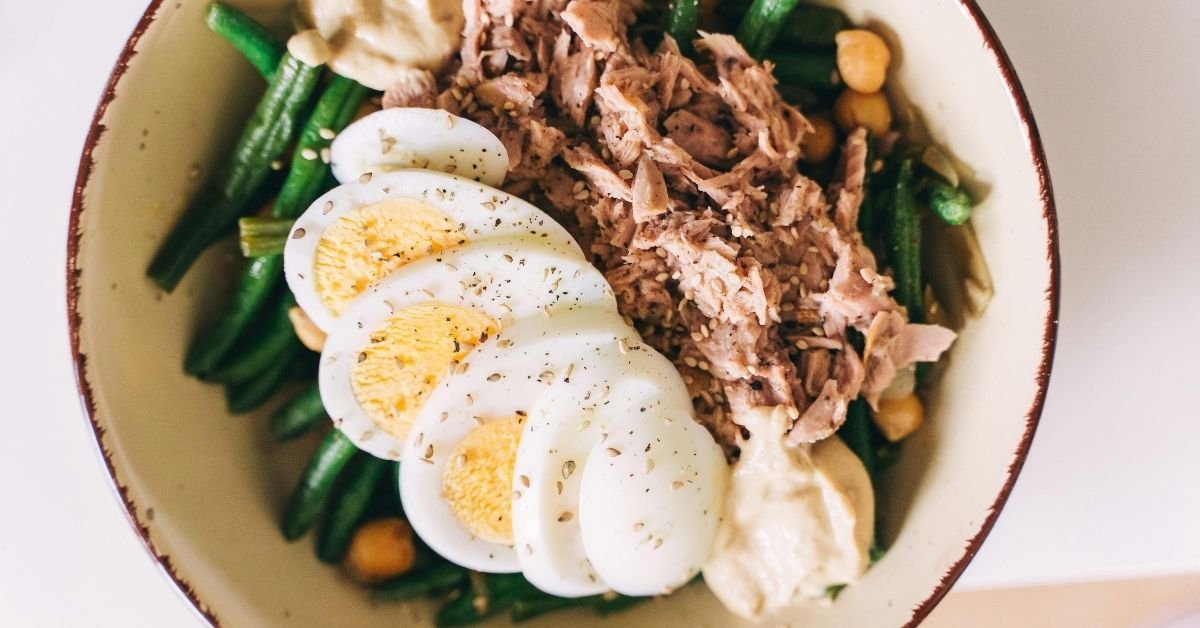Starting a new health journey can feel overwhelming, but with a structured paleo diet meal plan, you can ease into better habits while enjoying flavorful, nutritious meals. This 7-day guide is designed to help beginners embrace the Paleo lifestyle, focusing on whole foods that support energy, digestion, and overall well-being.
What is the Paleo Diet?
The Paleo diet, sometimes called the “caveman diet,” is based on the idea of eating like our ancestors—before modern agriculture and food processing. This approach emphasizes nutrient-dense, unprocessed foods that nourish the body naturally.
Core Elements of a Paleo Diet Meal Plan
- Lean Proteins: Staples like grass-fed beef, wild-caught fish, free-range chicken, and pasture-raised eggs deliver essential amino acids for muscle recovery and strength.
- Healthy Fats: Avocados, olive oil, nuts, and seeds offer sustained energy and support brain and heart health.
- Fruits and Vegetables: Fresh produce provides essential vitamins, fiber, and antioxidants that fuel your immune system and digestion.
- Foods to Eliminate: Say goodbye to processed sugars, grains, legumes, dairy, and refined oils. Removing these often reduces bloating, inflammation, and energy crashes.
Benefits of Following a Paleo Diet Meal Plan

Adopting a paleo-based meal plan can bring a host of benefits:
- Weight Loss Support: Whole foods help curb cravings and stabilize hunger hormones, promoting healthy weight management.
- Improved Digestion: High-fiber fruits and vegetables, paired with gut-friendly fats and proteins, support a healthier digestive tract.
- Increased Energy: Balanced macronutrients from real food lead to more stable blood sugar and fewer energy dips.
- Lower Inflammation: Anti-inflammatory foods like leafy greens, omega-3-rich fish, and berries help fight chronic inflammation.
- Better Sleep and Focus: The absence of artificial ingredients and blood sugar spikes can promote better cognitive function and restful sleep.
7-Day Paleo Diet Meal Plan for Beginners
Each day is carefully planned to help you explore a variety of paleo-friendly meals that are easy to prepare and satisfying.
Day 1
- Breakfast: Scrambled eggs with spinach and avocado + fresh berries
- Lunch: Grilled chicken salad with olive oil dressing
- Dinner: Oven-roasted salmon, asparagus, and sweet potato
Day 2
- Breakfast: Paleo smoothie with banana, almond butter, and spinach
- Lunch: Leftover salmon with leafy greens, nuts, and seeds
- Dinner: Beef stir-fry with cauliflower rice
Day 3
- Breakfast: Veggie omelet with bell peppers and onions
- Lunch: Chicken Caesar salad (no croutons)
- Dinner: Pork chops with Brussels sprouts and roasted sweet potatoes
Day 4
- Breakfast: Paleo pancakes with berries and sugar-free syrup
- Lunch: Pork chop leftovers with a garden salad
- Dinner: Grilled steak, zucchini noodles, and roasted tomatoes
Day 5
- Breakfast: Lettuce-wrapped egg and avocado sandwich
- Lunch: Tuna salad with cucumber and celery
- Dinner: Hearty chicken vegetable soup
Day 6
- Breakfast: Chia seed pudding with berries and walnuts
- Lunch: Leftover tuna salad with mixed greens
- Dinner: Grilled shrimp with coconut cauliflower rice and sautéed vegetables
Day 7
- Breakfast: Paleo sausage, scrambled eggs, and avocado
- Lunch: Choose from any leftovers
- Dinner: Roasted chicken with sweet potato fries and steamed broccoli
Tips to Succeed with Your Paleo Diet Meal Plan

- Stay Consistent: Use your meal plan as a roadmap. Consistency is key to seeing long-term benefits.
- Batch Cook: Prepare proteins and vegetables in advance to save time during the week.
- Hydrate Well: Drink plenty of water—especially important when increasing your fiber intake.
- Adjust as Needed: Listen to your body and tweak meals according to your activity levels or dietary needs.
Frequently Asked Questions (FAQ)
1. Can I lose weight on a paleo diet meal plan?
Yes. Many people report weight loss thanks to the elimination of processed foods and a focus on whole, satiating meals.
2. Is the paleo diet suitable for vegetarians?
It’s challenging but possible. Vegetarian versions of the paleo diet rely on plant-based proteins like nuts, seeds, and certain vegetables, though it may lack variety.
3. Do I need to count calories on a paleo diet?
Not necessarily. Since you’re focusing on whole foods, you’re more likely to feel full and eat naturally appropriate portions without strict calorie counting.
4. Can I drink coffee on the Paleo diet?
Yes, black coffee is generally allowed. Avoid dairy creamers and opt for coconut milk or almond milk instead.
5. Are snacks allowed in a paleo diet meal plan?
Absolutely. Great snack options include hard-boiled eggs, apple slices with almond butter, beef jerky (nitrate-free), or mixed nuts.
By embracing this paleo diet meal plan, you’re not just following a trend—you’re choosing a long-term, sustainable approach to health. The more you tailor your meals to suit your preferences, the more enjoyable and nourishing your Paleo lifestyle will become.ur body with whole, unprocessed foods!

